For the past few years I’ve done really well with setting goals for the year. I’ve picked a word, made lists, looked back, and looked ahead. For some reason this year I just really wasn’t into it. I’m looking forward to this year, and have a lot of things I want to accomplish, but for whatever reason I just didn’t do the goal setting thing this year.
One thing I did decide to do was to do a Temperature Quilt for the year. I’ve seen many examples of these online – more recently so they seem to be a thing this year – and I’ve always wanted to do one. Have you heard of these? You track the daily temperature and then make a block in a color that represents that temperature. You can go simple and just do one temperature a day (high, average, etc..), or do more than one (high and low).
I’d post examples here but I’d probably mess up with the photo attribution, so I’ll just make the suggestion that you search ‘Temperature Quilt’ on Pinterest and you will see many cool ones!
I decided to go with the high and low so I could make a simple block with 2 colors for each day.
I made the planning for this much more complicated than it needed to be. This is really a pretty simple idea. You choose a range of temperatures, say every 5 or 6 degrees, and then choose a palette of fabrics to represent that range. However I am an engineer so I decided to make this really complicated! I had no idea what range of temperatures I was dealing with or what the distribution of temperatures was throughout the year. Both of these things are important in figuring out a temperature range for the quilt palette, as well as how much fabric is needed to complete all the the blocks.
Given all that, this was my process and my tips:
(**Nerd alert, nerd alert!! details below about calculations in Excel. Feel free to skip this section and go to the pretty fabric below**)
- Find a source for your temperatures – I used Wunderground.com. From this site I could pull temperature data from all of 2019.
- I put all the daily high and low temperature data in to Excel so I could to some analysis. I calculated the range of high and low temps:
from this I know I need to cover from a minimum of 9 degrees up to maximum of 100 degrees.
3. Because I didn’t want a ton of fabrics, I chose to use a palette of 12 fabrics. Given that, and my range of temperatures, I could figure out the ranges for each of my fabrics.
The range is 90 degrees (from about 10 to 100), and then I wanted a fabric for below that range (<10) and one for above (>100). With the two ends for above and below, I had 10 fabrics left to cover the 90 degree range. As such, my ranges would be in 9 degree increments.
4. At this point I needed to make a decision about the blocks and the pattern I wanted to use. The design will drive how much fabric is needed for each block, and from there I could figure out how much fabric I needed for the quilt. This is a leap year, so I need at least 366 blocks. I didn’t want to go crazy complicated with the blocks so that they would be simple and quick to complete. I also wanted it to be a big enough quilt to be useful for me (vs. for a small child!). This is the design I decided on – it uses half square rectangles. The larger rectangle part is for the high and the smaller square is for the low. It is 22×17 blocks, so 374 blocks. I’ll have a few extra.
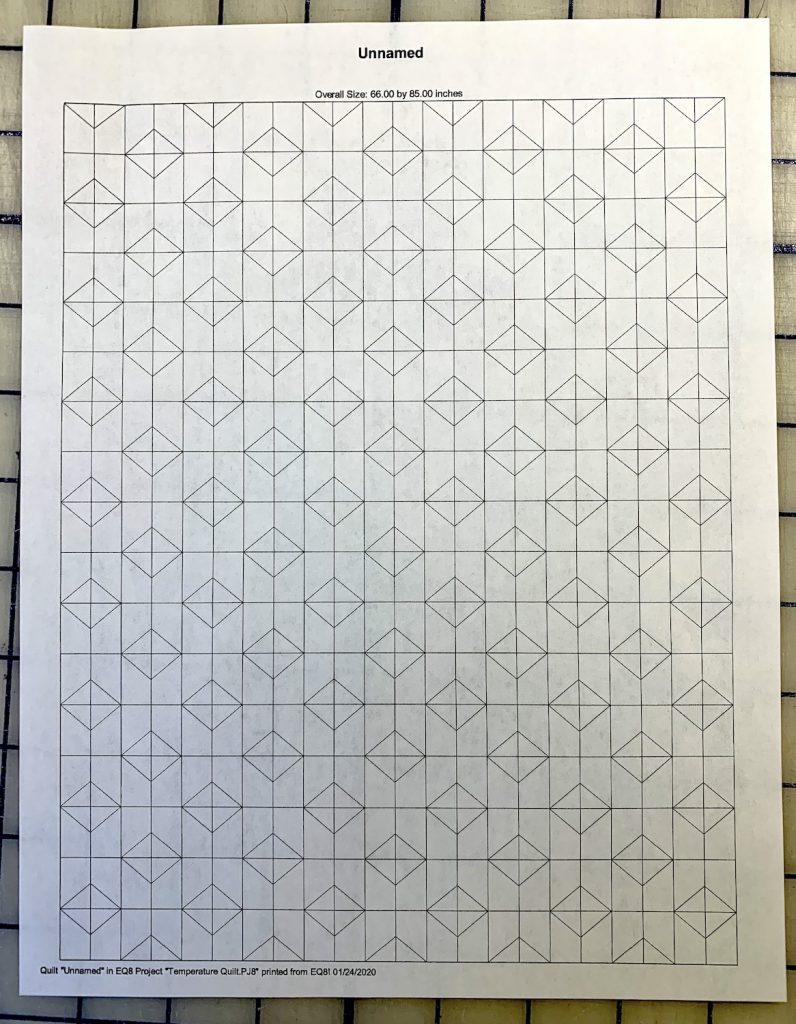
5. Finally, to make sure I had enough fabric in each color for each range to make all of my blocks, I needed to count the number of days that fell within each range. This was kind of a complicated set of formulas in Excel, but I used the data from 2019 to count the number of rectangles and squares I would need in section. Each column adds up to only 363 for 2019 as I did this before the final day of 2019.
So that’s my range and my plan!
I started out planning on working with solids, but I found this great fat quarter bundle and bought it instead:
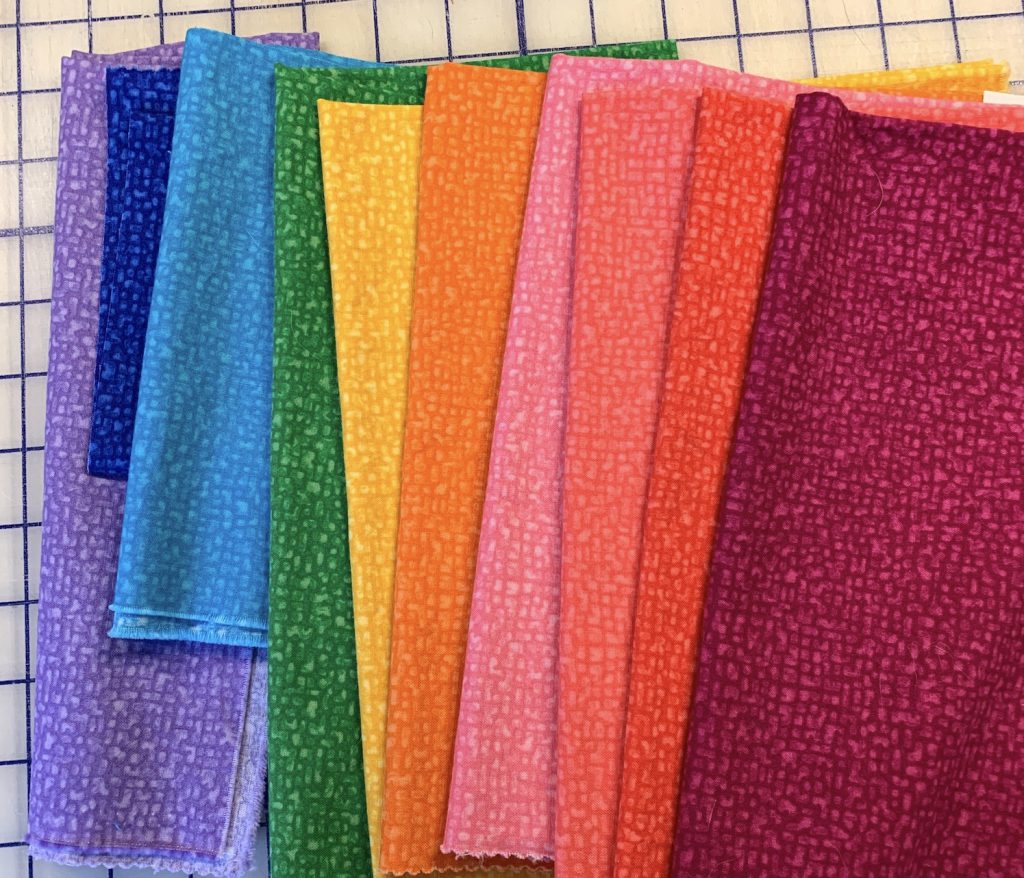
However I bought it before I finished my planning, so I later figured out that I really did not have enough fabric to execute my plan. If I had any goals for 2020 it was to try and not expand my stash, so oops. But I figured I had a good plan for this fabric, so it was all ok, right? 🙂
I need more fabric to arrive to really get going with my blocks, but I did start on some for the cooler temperatures:
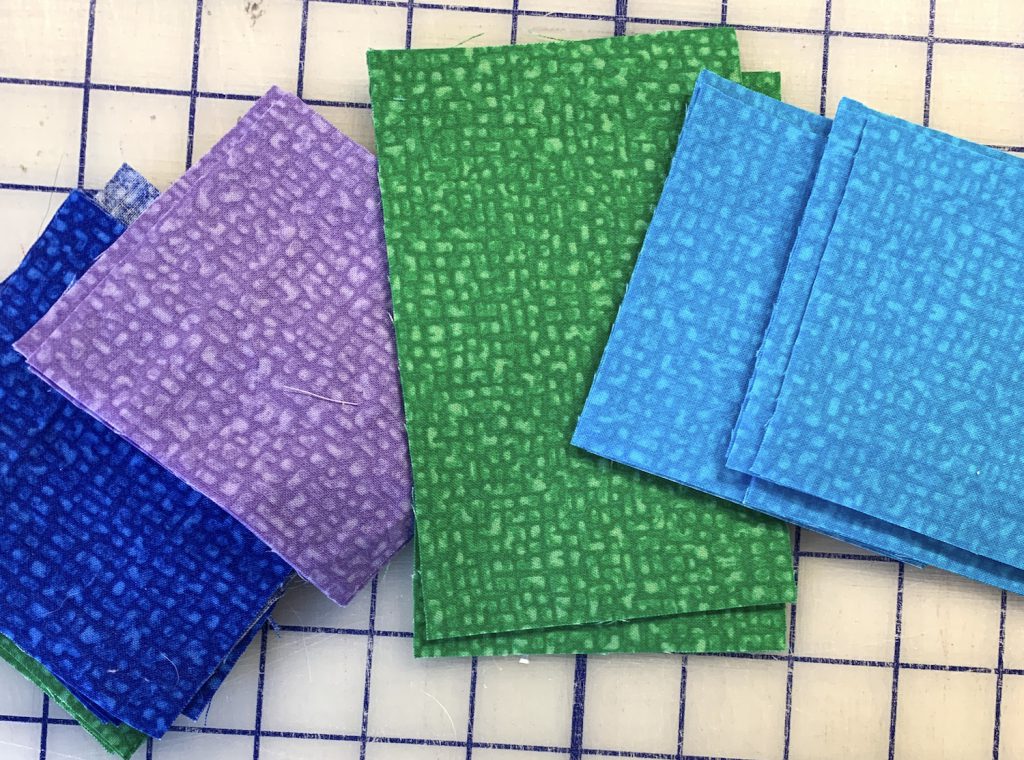
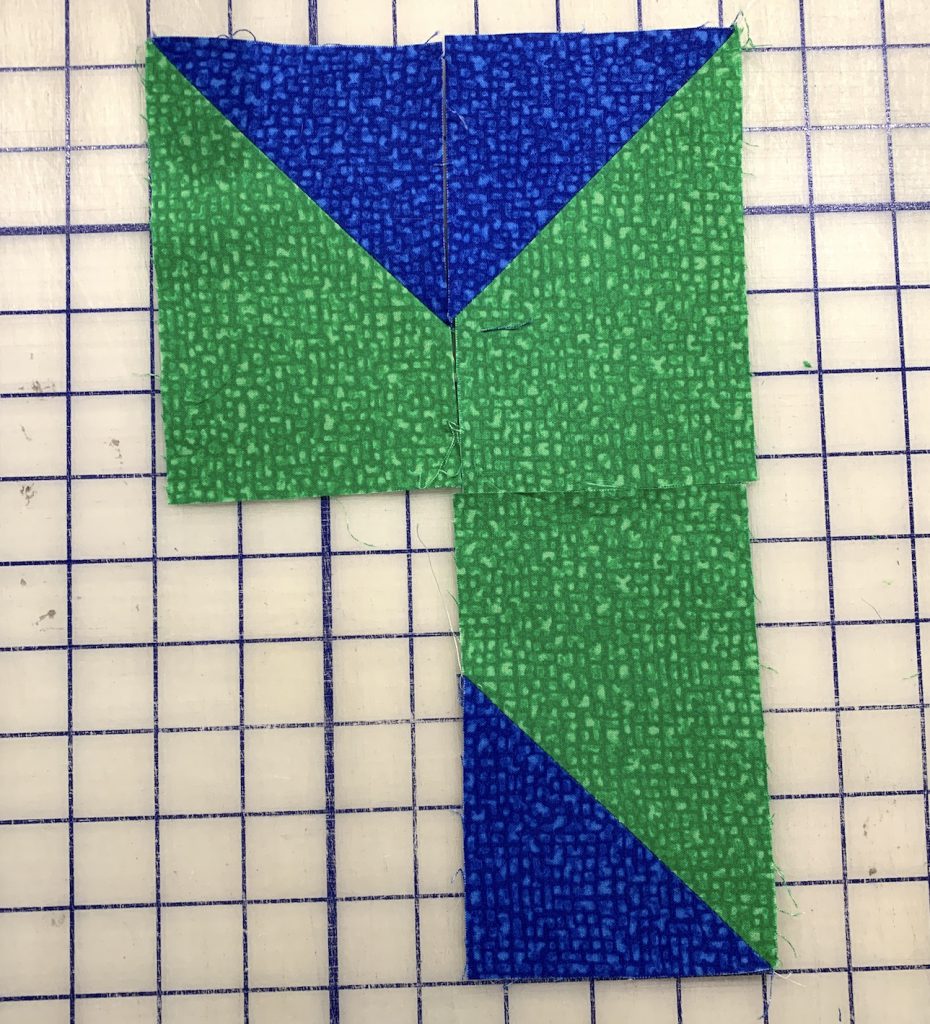
If you are interested in the formulas I used in Excel let me know – they are too complicated to try and post here unless someone is really interested.
I will keep you posted on my progress through the year and across the temperatures!
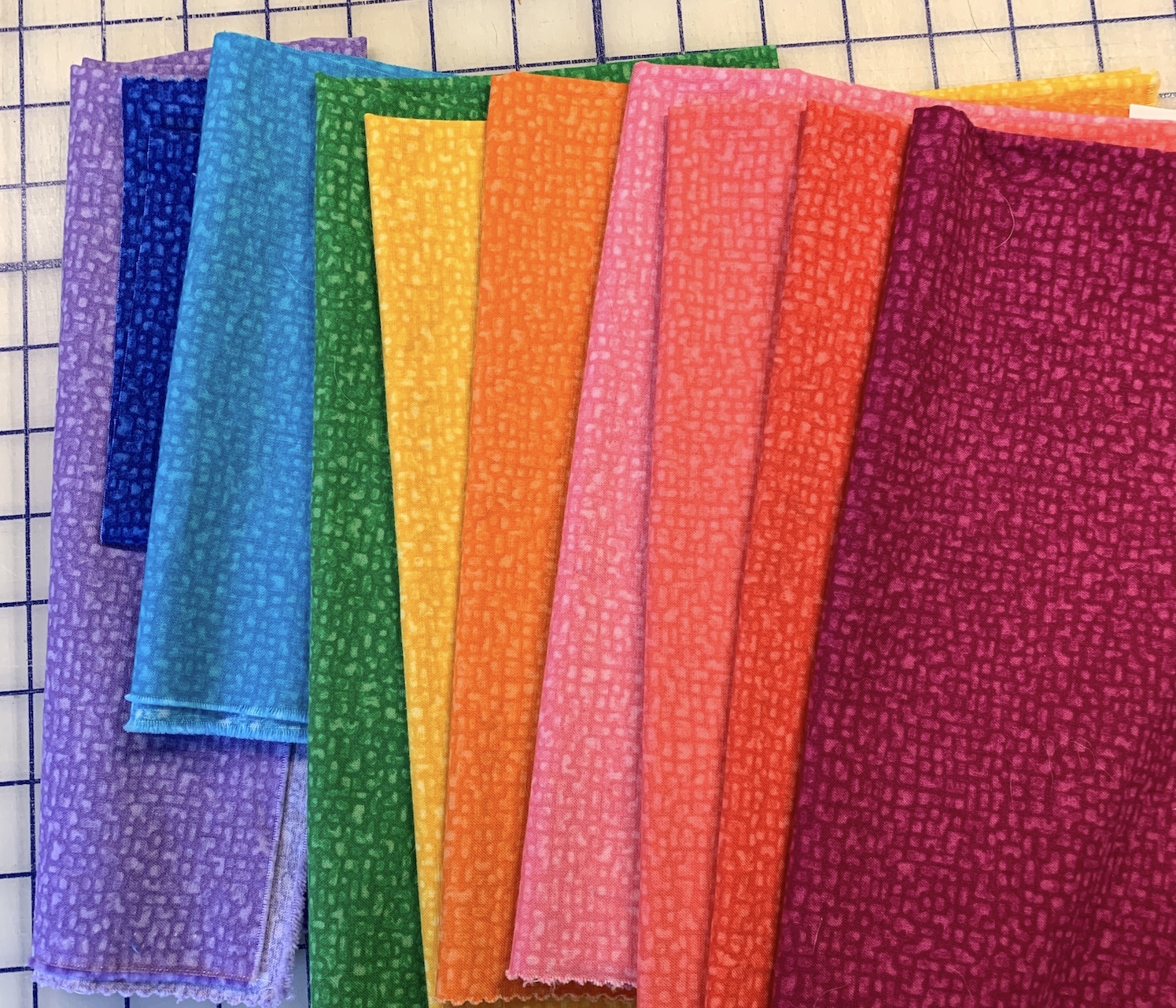
This is going to be a good one! I’m doing a temperature quilt along this year with my local quilt shop, but I decided to make mine super uncomplicated so I would actually finish it, because I know myself too well! I love your fabric choice.
I would like to know how you determined how much fabric you needed of each color. I’ll be following to see updates on your quilt. (I’ve been keeping a spreadsheet of temperatures up until this point. Haven’t started a quilt yet, but getting excited to do so.)
Hi Shelley,
There are 3 key things you need to know to determine how much fabric of each color you need. The first is what your temperature range is for each fabric, the second is the number of days that will fall within that range, and the third is the block pattern you are going to use. Looking at temperature data from a previous year can help determine item #1 and give a pretty good guess for #2. As I noted in the post, I pulled all the daily temp data from 2019 from Wunderground.com and determined the range of temperatures I was going to need to cover. My lowest low was 9 and highest high was 100, so I had to cover about a 90 degree range. I only wanted to have 10-12 fabrics, so that helped me break down the temp ranges to use.
To determine #2, the number of days that will fall in to the ranges, I used the temps from 2019 as a proxy for what 2020 might look like. In my case I used Excel formulas to count – increment a counter if the value in a cell (for a given day) falls between the range I’m counting. This gave me the number of blocks I would have made in 2019 in each temp range. From there you need #3, the block pattern, to do the math for how much fabric you need for all the days you counted from 2019. My blocks are just 3.5″x5.5″ rectangles for the highs and 3.5″ squares for the lows, so I calculated how many rectangles and squares I could get in a WOF strip, then figured the number of strips, then got the yardage. I will say that if you have even temperature increments (like 10-20, 20-30, 30-40, etc…) you will need a lot more fabric for the middle ranges than for the ends because there are fewer days with temperatures at the extremes.
I hope that is clear and helps! Let me know if you need more help. I think the key step is using temperatures from another year as a proxy for what the current year might look like and give you an idea of how many days might fall in to each of your ranges.
Good luck! I’d love to see your version!